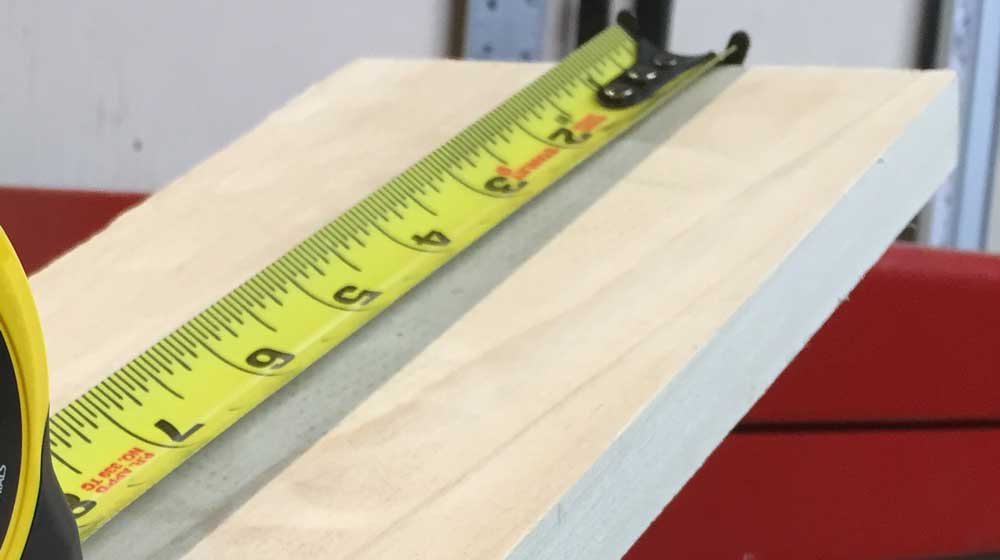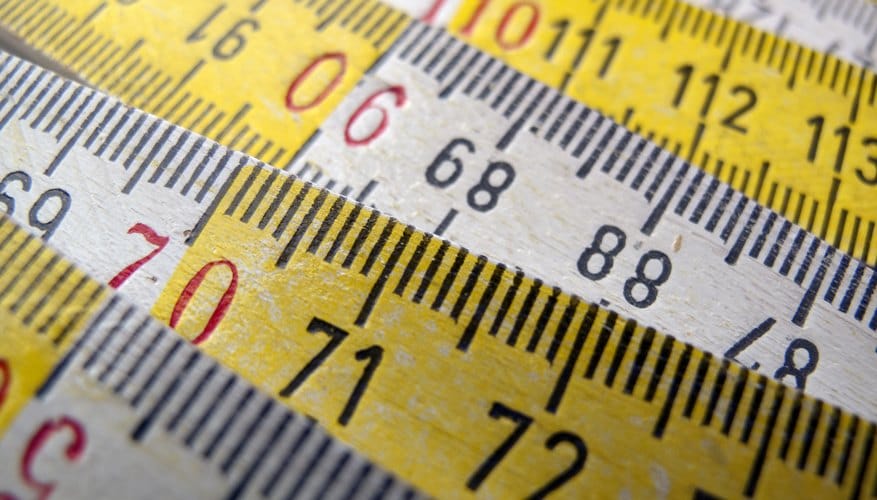Knowing and navigating our surroundings require measurements. Every day, we come across various measurement systems, including ounces and pounds in the kitchen and miles and kilometers on the roadways. Among this variety, there’s one unit that often causes confusion but is crucial to understand. This measuring unit is called “Linear Inches.”
Linear inches are an essential component of sizing and space planning and are frequently used in sectors like transportation, aviation, and building. However, many individuals find it difficult to comprehend what it actually means and how it applies. This article will clarify the meaning of linear inches and go over its definition, significance, real-world uses, and calculation methods.
What Does Linear Inch Mean?
In the Imperial system, especially in the United States, a linear inch is a measuring unit that is commonly used. A linear inch is not just an inch that is measured in a straight line, despite what its name might suggest. Instead, it is a special measurement that accounts for the length, width, and height of an object.
We can determine the total linear inches by adding up these three dimensions in inches. As a result, linear inches are a popular unit in fields like shipping, logistics, and aviation where complete dimensions are important. They offer a full measurement of an object’s overall size.

Use of Linear Inches
Linear inches are employed in a variety of contexts when the overall size of an object is important, rather than merely its specific dimensions. This unit is particularly important for the aviation, shipping, and logistics sectors because accurate space usage and cost calculation depend on knowing the complete size of a box or piece of luggage.
For instance, airline baggage restrictions frequently depend on the total linear inches. This enables airlines to maximize their cargo space by taking into account each suitcase’s overall dimensions in addition to its weight. Similar calculations can be made for shipping costs based on the linear inches of a product which allows for more accurate pricing.
Linear inches measurement unit is useful for specifying measurements in DIY and building projects as well. It ensures a better knowledge of the space an object occupies and assists in exact planning and execution.
How to Calculate Linear Inches: Step-by-step Instruction
Linear inches is a measurement of an object’s three dimensions, not its area or volume. Whether you’re trying to determine shipping costs or determining whether your luggage complies with airline regulations, this simple formula can be immensely helpful in a variety of situations. The procedure of calculating linear inches is easy and simple. Here is a detailed instruction:
Step 1: Measure the Dimensions
The first step is to determine the length, breadth, and height of the object. Be sure to measure from the right position. The longest edge, from one end to the other, would be the length of a suitcase. The height is the distance from the bottom to the top, and the width is the measurement across the short side.
Step 2: Convert to Inches
You must convert measures from another unit (such as feet or centimeters) to inches. Keep in mind that a foot is equal to 12 inches and that a centimeter is approximately 2.54 inches.
Step 3: Add the Dimensions Together
Once all dimensions are expressed in inches, simply add them all up to get the total linear inches. Therefore, your total linear inches would be 60 (30+20+10) if your luggage had dimensions of 30 inches long, 20 inches wide, and 10 inches high.
Also Read: Things You Should Know Before Preparing Your Luggage in 45 Linear Inches
Linear Inches vs. Other Units of Measurement
It is possible to select the ideal unit for your unique requirements by understanding the distinctions. You will also be ensured that your measurements are more accurate and helpful. Compared to other units of measurement, linear inches offer a distinctive manner of measuring an object. These are their differences:
Inches vs. Linear Inches: An inch measures the length of one dimension while a linear inch includes the length, width, and height.

Linear Inches vs. Square Inches: Square inches are used to determine the area of a two-dimensional object (length x breadth). On the other hand, linear inches combine an object’s three dimensions.
Linear Inches vs. Cubic Inches: Compared to linear inches, cubic inches are used to measure the volume of the space an object takes up in three dimensions (length, breadth, and height). However, the measurements of all three dimensions are added together in linear inches.
Also Read: Can You Bring Nail Clippers on a Plane? Exploring Air Travel Regulations
FAQs
Q: Why are linear inches important?
Linear inches are significant because they offer a simple method for determining an object’s overall size. The linear inches of a suitcase is frequently used as a basis for baggage limits in the aviation industry, and the cost of delivering a product may be determined in part by the total linear inches of the package.
Q: Are linear inches the same as regular inches?
No, they are not the same. A linear inch accounts for all three dimensions of an object (length, breadth, and height), as opposed to a regular inch, which measures just one dimension (such as the length of a line).
Q: When are linear inches used instead of other measurements?
Linear inches are often used when the total size of an object is more relevant than its individual dimensions. For example, airlines and shipping firms often use linear inches to determine if luggage or cargo is within limits of size.
Also Read: Everything You Need to Know about 62 Linear Inches
Final Verdict
This article has thoroughly explained the definition, application, and relevance of the notion of linear inches in this informative exploration of the world of measurements. A linear inch is a unit of measure that is used in a variety of practical contexts, from construction and manufacturing to shipping and aircraft. We now know that knowing how to calculate and use linear inches can help us save time, money, and effort.
The practical benefits of comprehending linear inches cannot be understated, whether it is avoiding additional baggage taxes at the airport or accurately determining shipping prices. Keep in mind that every piece of knowledge is a tool that can help you manage life more skillfully. Step forth confidently and put your fresh idea of linear inches to use.

After visiting more than 60 countries, I have probably been on every type of plane there is and visited countless airports. I did my very first international solo trip to South Africa at the age of only 16 and haven’t really stopped traveling since.
Despite the adventurous travel itch, I do have a nerdy side as well – which is satisfied by writing about all things aviation “too boring” for my regular travel blog.

